He was without doubt the greatest Dutch artist, some say the greatest painter of all time. Now, some 350 years after he was buried in an unmarked grave in Amsterdam's Westerkerk, the Netherlands celebrates Rembrandt Harmenszoon van Rijn.
The Rijksmuseum in Amsterdam owns the largest collection of Rembrandt's work in the world. For the first time, it is showing all 22 of its Rembrandt oil paintings, 60 of his drawings and the 300 finest of its 1,300 Rembrandt prints. The 17th century drawings and prints are extremely fragile and have never before been exhibited at one time.
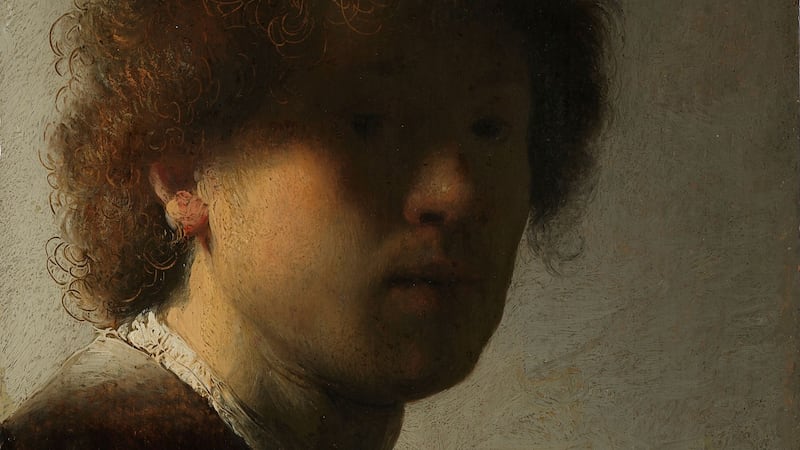
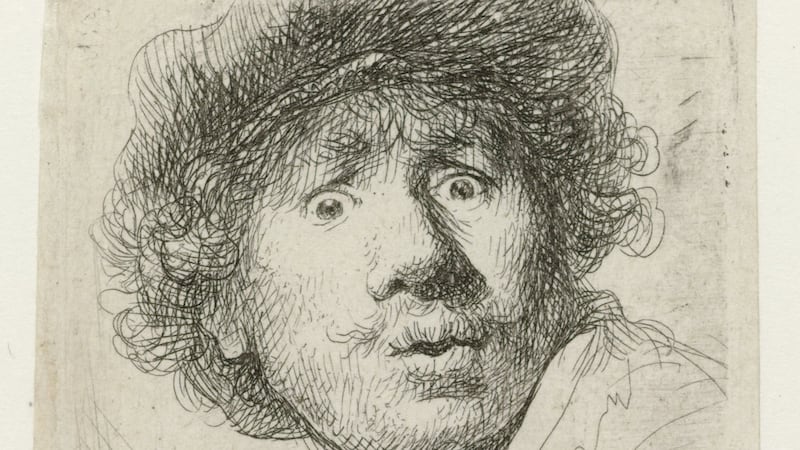
Rembrandt, says Taco Dibbits, director of the Rijksmuseum, "belongs to all of us, is all of us". Museum personnel refer to the painter in the present tense, as if he were still alive. They speak in familiar terms of Marten and Oopjen, the splendid portraits of a newlywed couple whose recent acquisition pushed the Rijksmuseum over the line of world's largest collection. They describe Rembrandt's 90 self-portraits – a record until the 20th century – as "selfies" and his portrayal of his domestic life and walks around town as "instagramming".
Fine style
The museum found 203 people living in the Netherlands with the first name Rembrandt. One hundred and fifty of them, aged 11 months to 75, officially opened the All the Rembrandts exhibition on February 15th. Five share the painter's full name, Rembrandt van Rijn.
Rembrandt began signing his paintings with his first name only when he was 26. "He modelled himself after the artists of the Italian Renaissance, after Leonardo, Michelangelo, Raphael and Titian," says Jonathan Bikker, a curator at the Rijksmuseum and author of Rembrandt, Biography of a Rebel. "Like Titian, he began with a very fine style of painting, and developed a loose, rough manner later. He learned about the Italians from Karel Van Mander's Dutch version of Vasari."
All the Rembrandts provides an astonishing portrait not just of Rembrandt's life and oeuvre, but of the splendours and miseries of Golden Age Holland. From paupers, beggars and peasants who urinate and defecate by the roadside to the rich, silk and jewel-decked merchants of Amsterdam, Rembrandt recorded all the humanity he encountered. He told stories in paint, and human emotion is at the centre of those stories.
The exhibition begins with a room filled with self-portraits. In his first oil of himself, painted at the age of 22, Rembrandt rakes his right cheek with light, but dares to leave his eyes in shadow. "A self-portrait is supposed to be recognisable," says Erik Hinterding, the exhibition curator. "This incredibly young artist shows his fascination with light and dark by keeping his eyes in the dark. Yet you still see them. You still recognise them. It's an artistic feat."
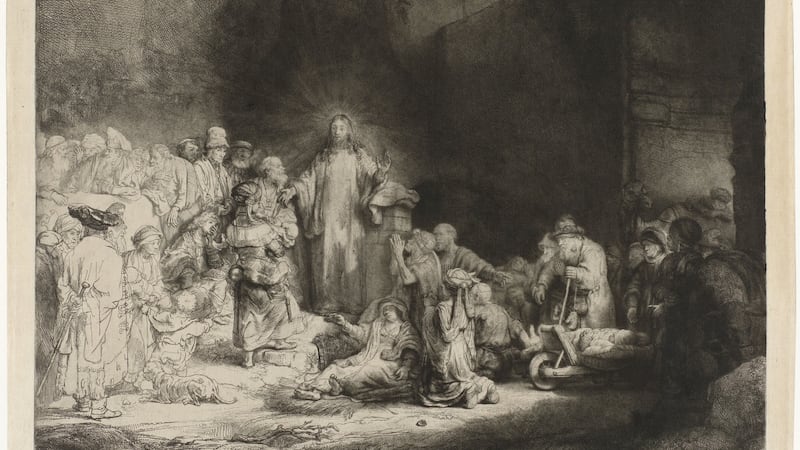
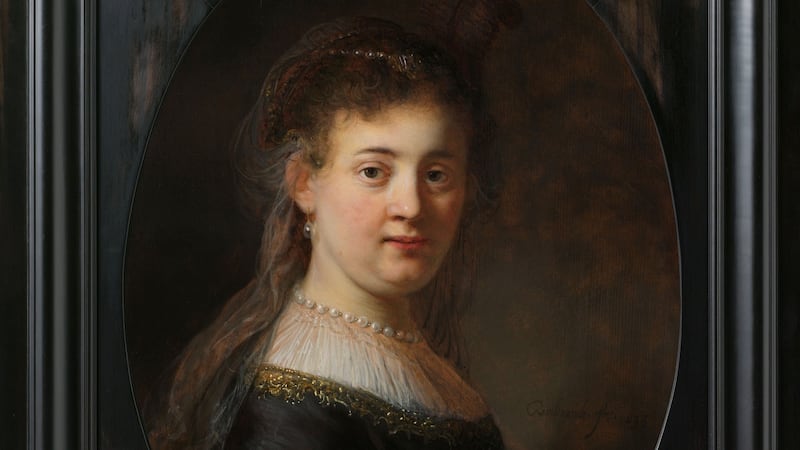
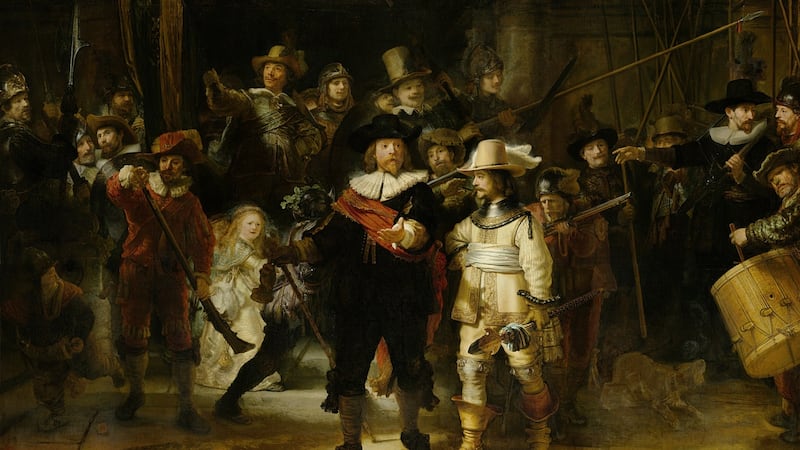
In the same self-portrait, Rembrandt used the butt of his brush to scrape off surface paint, thus outlining his curly hair. It was an innovation he continued.
Another Rembrandt self-portrait, as the Apostle Paul, hangs at the opposite end of the room. Now age 56, all trace of the cocky 22-year-old has vanished. The eyes that lock on ours have known fame and fortune, bankruptcy and tragedy. Rembrandt raises his eyebrows as if asking a question to which there is no answer. His curly hair is greying. His face is marked by life. Rembrandt had the honesty to portray his own decrepitude, just as he had the honesty to paint the sagging bellies of nude models. Rembrandt never lied.
Rembrandt was the ninth child of a prosperous miller, and his parents were old by the time he reached adulthood. He painted their wrinkled faces lovingly, transforming them into biblical characters. He named all three of his daughters Cornelia, after his mother. Only one survived.
Museum-goers often focus on oil paintings and skip smaller, monochrome, drawings and prints. This exhibition could break that habit. In the first room, 16 drawn or etched self-portraits, some barely larger than a postage stamp, fill the walls between the oil paintings. His mastery as a draughtsman and printer is extraordinary.
We see the artist wide-eyed, miming fear, frowning in mock anger, laughing and opening his mouth wildly. The result is fascinating, magnetic. Rembrandt does not come across as self-obsessed. He studied himself to understand others. He built a bridge from the individual to the universal.
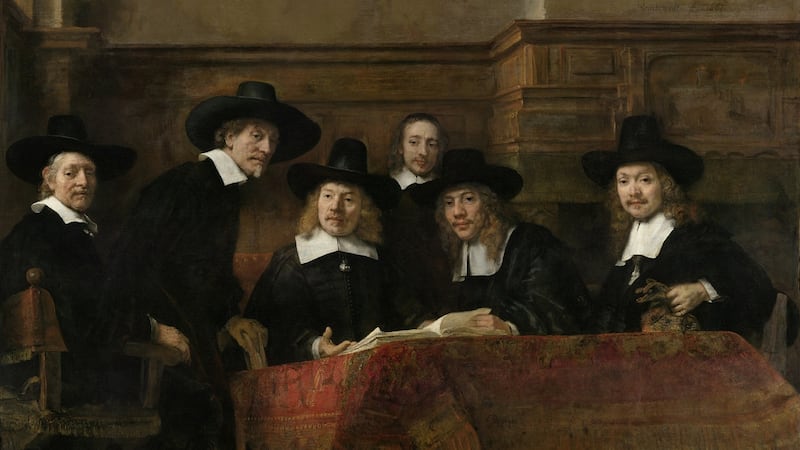
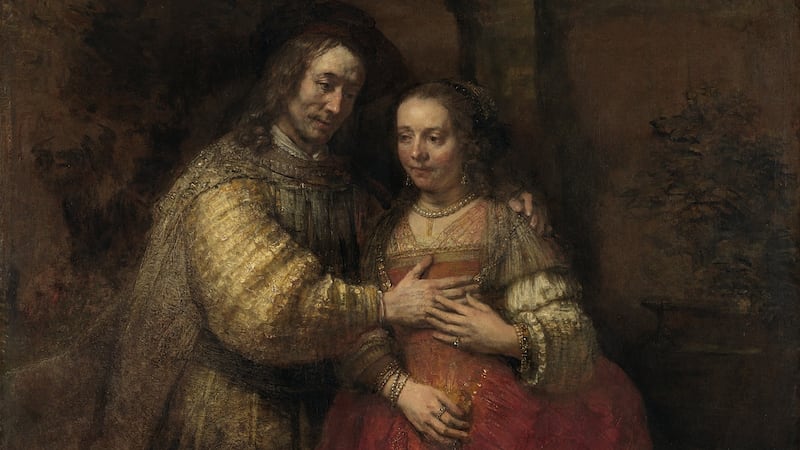
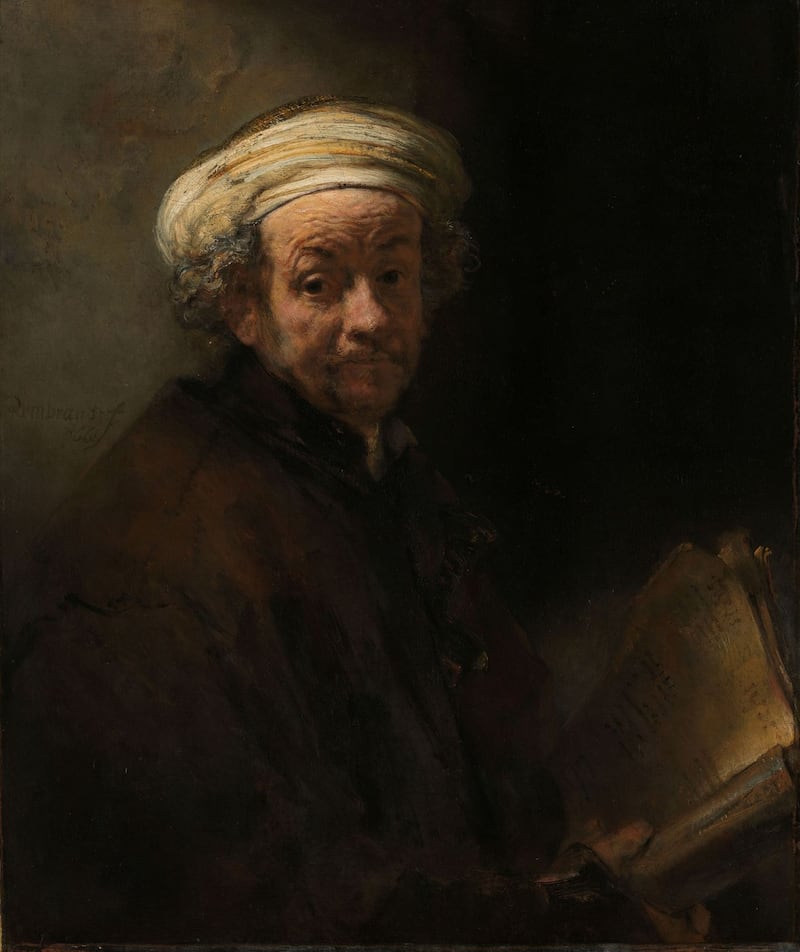
"Rembrandt speaks to us more through the drawings than through the paintings," says Jane Shoaf Turner, who heads the Rijksmuseum's print department. "They are raw. They are honest. It's as if Rembrandt were the first person on earth to discover a smartphone with a camera. He recorded everything: his wife sick in bed; children in the street; beggars; animals. He kept a visual diary."
In the series of drawings that preceded the etching of Christ Healing the Sick, Rembrandt altered the position and expression of the woman in the foreground at Christ's feet, to make her look increasingly ill, until in the final version she is at death's door. The etching is also known as the Hundred Guilder Print, because the Bishop of Liège famously objected to its price.
Progression
“She’s got to attract Christ’s attention,” Turner explains. “It’s ‘Heal me. Don’t miss me.’ You see Rembrandt thinking on paper. You see the progression. We don’t need to interview him to know that he was remembering what a sick woman looked like. He knew it poignantly, at first hand.”
Rembrandt met his wife Saskia at the home of his art dealer, Hendrik Uylenburgh. She was Uylenburgh’s cousin, and an orphan. He wrote at the bottom of a lovely silver point engagement drawing: “This was made when my wife was 21 years-old, the third day after our betrothal, the 8th of June 1633.”
As the daughter of a former mayor of the northern city of Leeuwarden, Saskia brought social standing and a dowry to the marriage. Rembrandt adored her. His painting of a Young Woman in Fantasy Costume, also from 1633, is believed to be a portrait of Saskia.
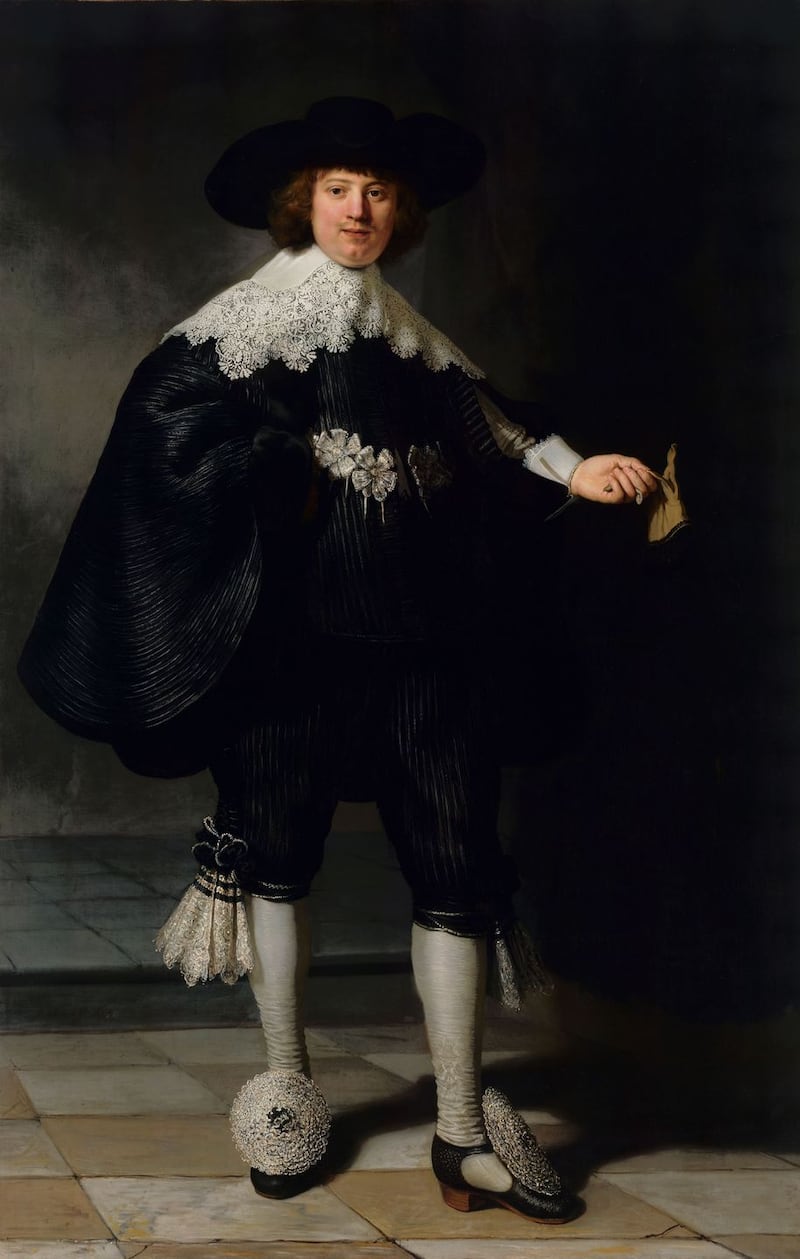
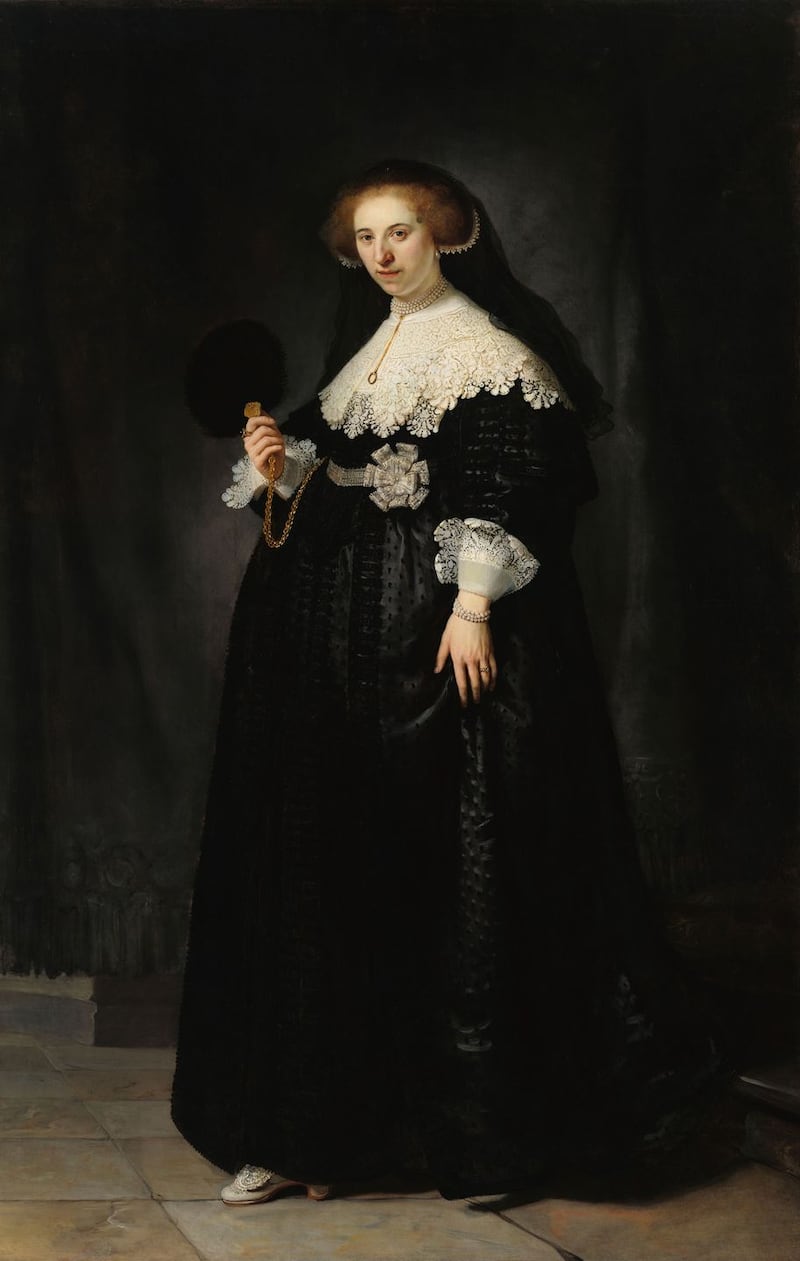
Rembrandt and Saskia's marriage in 1634 coincided with an important Amsterdam society wedding, between Marten Soolmans, whose nouveau riche family had made a fortune refining sugar, and Oopjen Coppit, from old money. Young Rembrandt staged something of a coup by winning the commission to paint their wedding portraits.
Until then, full-length portraits were reserved for royalty. The wedding portraits are more than 2m high. Marten and Oopjen are resplendent in black satin, white lace collars and cuffs and elaborate shoe buckles. No reproduction can convey the sheen of the fabric, the glint of Oopjen’s gold chains and pearls. At the time, pearls were more costly than diamonds.
Rembrandt also captured the character of the couple. Marten, we guess, is a fop. Oopjen is made of stronger stuff. She would outlive two husbands.
The wedding portraits remained with Oopjen’s descendents until 1877, when they were purchased by the banker Gustave Samuel de Rothschild. The Rothschild family put the paintings up for sale in 2015, asking €160 million for the pair, a record for Rembrandt.
The Rijksmuseum was poised to close the deal when France suddenly objected. The Louvre and the Rijksmuseum negotiated a purchase similar to the arrangement whereby the Hugh Lane Gallery shares its Impressionist masterpieces with the National Gallery in London. Both museums own half of each painting. The couple cannot be separated, and alternate between Amsterdam and Paris.
Rembrandt brings us into his paintings as no one else does. His large group portraits of the militia about to go on patrol in The Night Watch and The Drapers' Guild, commissioned by the notables of the Golden Age, make us feel we are standing behind his shoulder, barging in on the scene with him.
Rembrandt painted The Night Watch as Saskia was dying of tuberculosis. One militiaman loads his musket. Another brandishes a pennant. The painting is disorderly, rambunctious. It conveys an extraordinary sense of immediacy and movement, as if Rembrandt has just shouted "Action!". A mysterious girl, who resembles Saskia, is bathed in light like an angel, the militia's mascot of a chicken hanging by its claws from her waist.
Conjugal love is the theme of Isaac and Rebecca, also known as The Jewish Bride. The painting typifies Rembrandt's use of impasto in later years. The yellow-gold paint on Isaac's sleeve is so thickly applied that it seems to sculpt the fabric. Working with the Rijksmuseum, scientists at the University of Delft discovered in January that Rembrandt used the mineral plumbonacrite to achieve the effect.
Tenderness
In the biblical story that inspired the painting, the couple had to hide their marriage from the Philistine King Abimelech, for Rebecca’s safety. They pretended to be brother and sister, but the King witnessed the gesture painted by Rembrandt, and guessed the truth. Vincent van Gogh praised “that tenderness in the gaze, that heartbroken tenderness” and said he would give 10 years of his life to sit in front of the canvas for 10 days, with only a crust of dry bread to eat.
The Jewish Bride was painted at a low point in Rembrandt's life. It seems to well up from his tragedies and surpass them. He and Saskia buried three of their four children in infancy. Rembrandt went into deep depression after her death in 1642, and barely painted for a decade. He lost his house and had to sell his valuable art collection.
Rembrandt and his housekeeper turned common-law wife, Hendrickje Stoffels, raised Titus, the son he had with Saskia, and had a daughter, Cornelia. Hendrickje died from the plague in 1663, two years before Rembrandt painted The Jewish Bride. Titus would also die of plague, in 1668, one year before his father.
All the Rembrandts: an embarrassment of riches
Dutch museums have co-operated in organising a Year of Rembrandt to mark the 350th anniversary of the painter's death.
All the Rembrandts, at the Rijksmuseum, Amsterdam, until June 10th, is the main attraction. From July 8th, visitors to the museum witness the restoration of The Night Watch live in the museum. The Rijksmuseum will host Long Live Rembrandt (July 15th-September 15th) and Rembrandt-Velázquez ( October 11th-January 19th, 2020).
The Rembrandthuis in Amsterdam hosts an exhibition on Rembrandt’s entourage until May 19th. An exhibition on artists inspired by Rembrandt opens on June 7th.
Amsterdam City Archives is showing documents related to Rembrandt’s private life.
There are also maps of Rembrandt’s Amsterdam and guided tours of the city as he knew it.
Rembrandt and the Dutch Golden Age, at the Mauritshuis in the Hague until September 15th, addresses the thorny question of authenticity. Five of the museum's 18 "Rembrandts" have been found to have been painted by other artists. Two are in doubt.
Museum De Lakenhal in Leiden will re-open in mid-June with an exhibition on Rembrandt and his peers, until October 4th.
Rembrandt and Saskia: Love in the Dutch Golden Age, can be seen at the Fries Museum in Leeuwarden, Saskia's home town, until March 17th.

















